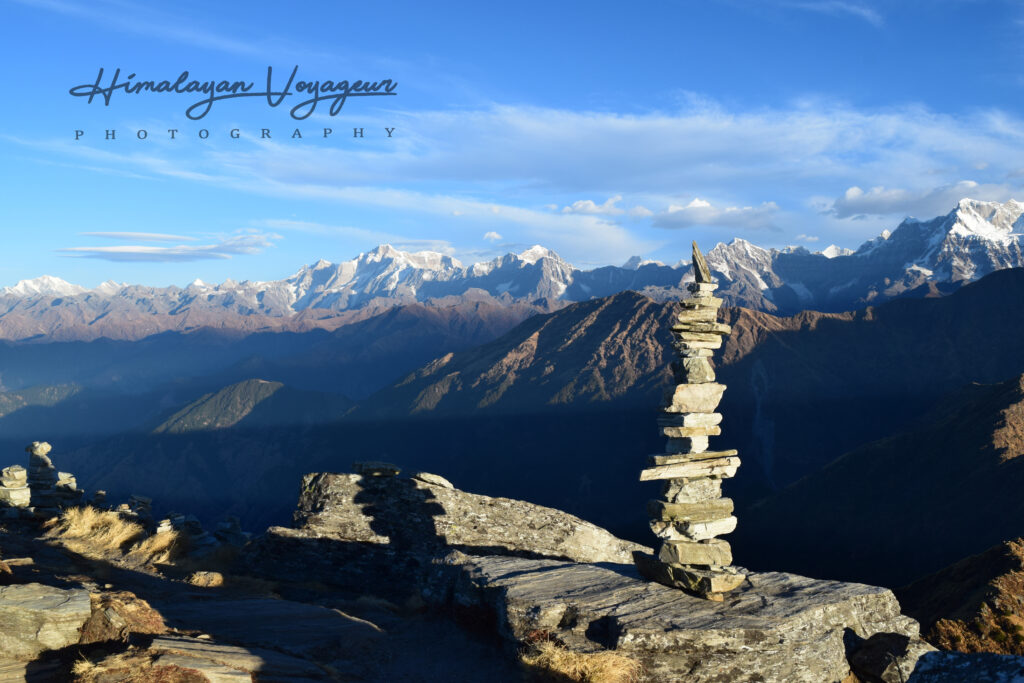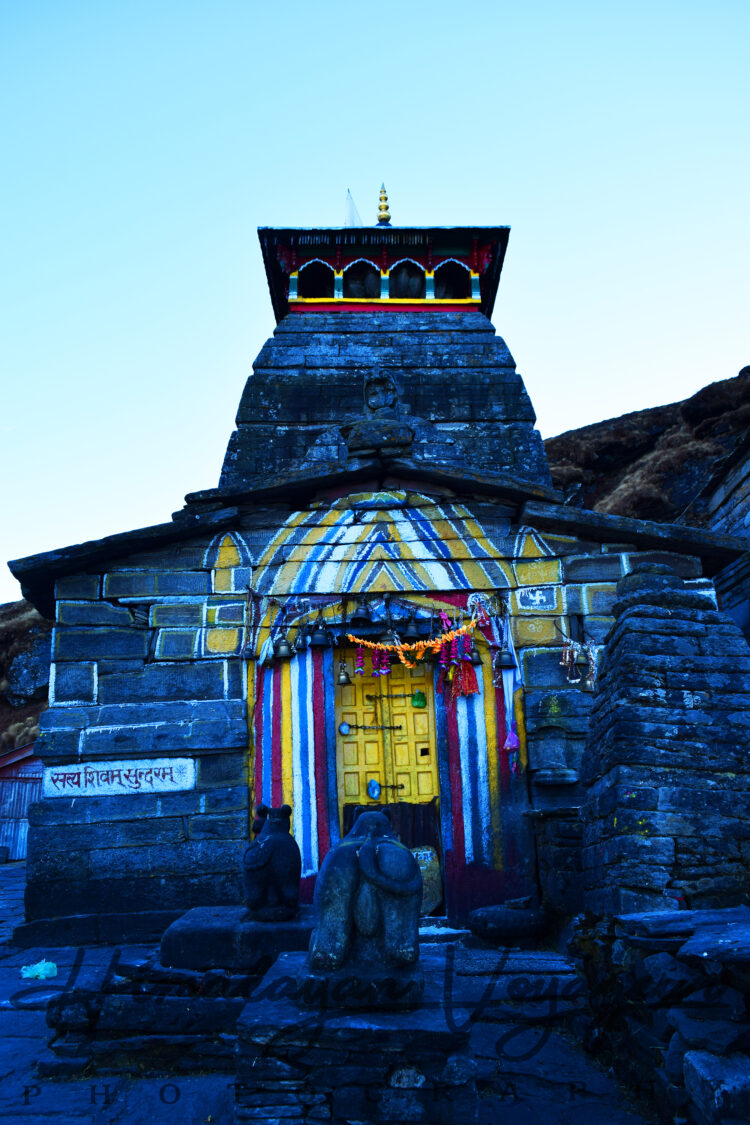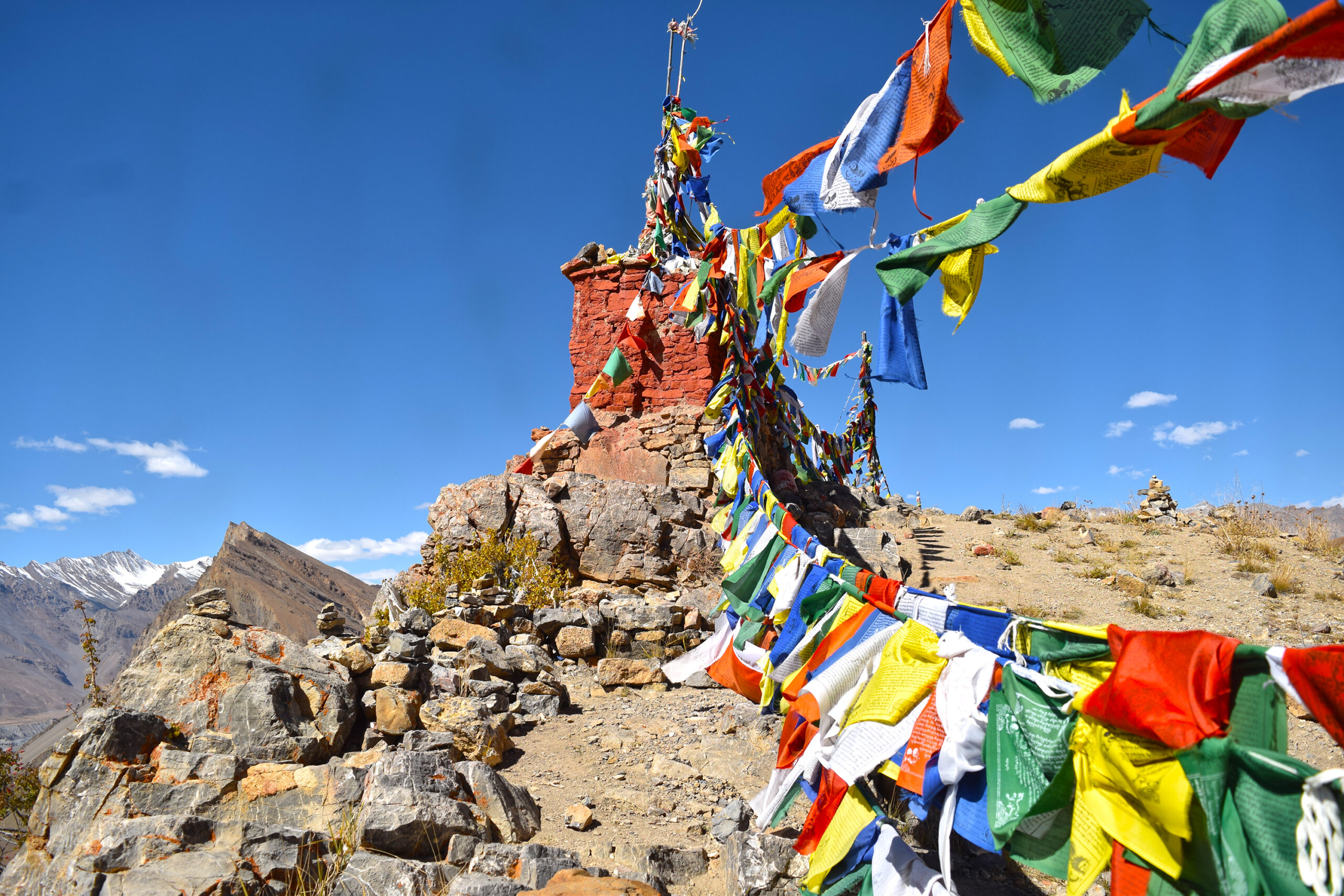Tungnath is a beacon of spiritual comfort and beauty, situated in the spectacular Himalayas. Tungnath isn’t just a pilgrimage site, it’s a journey into the heart of divinity and nature, as the highest Shiva temple in the world, at an altitude of 3,680 meters, 12,073 feet above sea level.
One of the temples of Panch Kedar, Tungnath holds great significance in Hindu mythology. In mythology, the Pandavas sought Lord Shiva’s blessings to atone for their misdeeds following the Kurukshetra conflict. But Shiva managed to escape them, assuming the shape of a bull, and vanished into the earth at Kedarnath. Known as the Panch Kedar, various body components are manifested in five distinct locations. Tungnath marks the place where his arms (Tung) emerged.
The temple is thought to be more than a millennium old and has long been revered by both sages and worshipers. This modest but finely carved stone edifice, evoking an air of old mysticism, represents the architectural style found in North Indian temples.

Starting from the little village of Chopta, referred to as the “Mini Switzerland of India” because of its verdant meadows and expansive vistas, the journey to Tungnath is a pilgrimage unto itself. The somewhat strenuous 5-kilometer hike winds through thick pine, rhododendron, and oak forests while providing stunning vistas of the Himalayan peaks, such as Nanda Devi, Trishul, and Chaukhamba.
Many pilgrims speak of the journey as a life-changing adventure that combines physical strain and spiritual illumination. A calm atmosphere of introspection is created by the sounds of cascading streams, rustling foliage, and bird calls throughout the voyage.
Trekkers are welcomed by the temple’s understated yet profound beauty as soon as they arrive at Tungnath. The shrine is home to a black rock idol of Lord Shiva, and next to it is a smaller shrine honoring Goddess Parvati. A few smaller shrines to other gods are also located within the temple complex, and they are all imbued with an air of ageless devotion.
The breathtaking natural surroundings add to the spiritual atmosphere. The temple gives off the impression of being closer to the skies because it is surrounded by snow-capped peaks and looks out over the valleys below. The deity is relocated to Makkumath, which is roughly 19 km distant, during the winter months when the temple is blanketed in a layer of snow, and the temple remains closed until spring.

To those who want even more adventure and spiritual satisfaction, there is an option to continue the trek to Chandrashila, which is located around 1.5 km above Tungnath. One of the best vantage sites in the area, Chandrashila gives a 360-degree view of the Himalayas from its elevation of 4,000 meters (13,123ft).
Chandrashila, which translates as “Moon Rock,” is thought to be the location where Lord Rama meditated following his victory over Ravana. Although the journey to Chandrashila is more difficult, hikers are rewarded with an unmatched panoramic view that perfectly portrays the dreamy splendor of the highlands at dawn.
Tungnath is a journey of spiritual enlightenment and natural splendor rather than just a destination. It combines revered customs with the breathtaking beauty of the environment to capture the spirit of the Himalayas. Tungnath provides a haven where the spirit can soar and the soul can find peace, whether you’re looking for spiritual blessings, adventure, or just a break from the craziness of everyday life.



